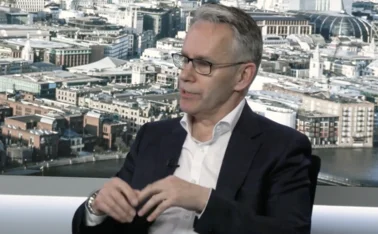
Spotlight: Smarter decision making – Intelligent lead pricing: helping counter SME underinsurance

For businesses, finding at the time of a claim that their policy will not pay out can be catastrophic. Unfortunately, underinsurance among SMEs is a growing problem. Valerie Hart looks at how improving intelligent lead pricing through digital technology and data enrichment can help
Insurance costs are rising by 30% or more, in some cases, and some small businesses are finding their choice of providers shrinking. “With margins pressed on all sides, the temptation for some smaller
Only users who have a paid subscription or are part of a corporate subscription are able to print or copy content.
To access these options, along with all other subscription benefits, please contact info@postonline.co.uk or view our subscription options here: https://subscriptions.postonline.co.uk/subscribe
You are currently unable to print this content. Please contact info@postonline.co.uk to find out more.
You are currently unable to copy this content. Please contact info@postonline.co.uk to find out more.
Copyright Infopro Digital Limited. All rights reserved.
As outlined in our terms and conditions, https://www.infopro-digital.com/terms-and-conditions/subscriptions/ (point 2.4), printing is limited to a single copy.
If you would like to purchase additional rights please email info@postonline.co.uk
Copyright Infopro Digital Limited. All rights reserved.
You may share this content using our article tools. As outlined in our terms and conditions, https://www.infopro-digital.com/terms-and-conditions/subscriptions/ (clause 2.4), an Authorised User may only make one copy of the materials for their own personal use. You must also comply with the restrictions in clause 2.5.
If you would like to purchase additional rights please email info@postonline.co.uk









